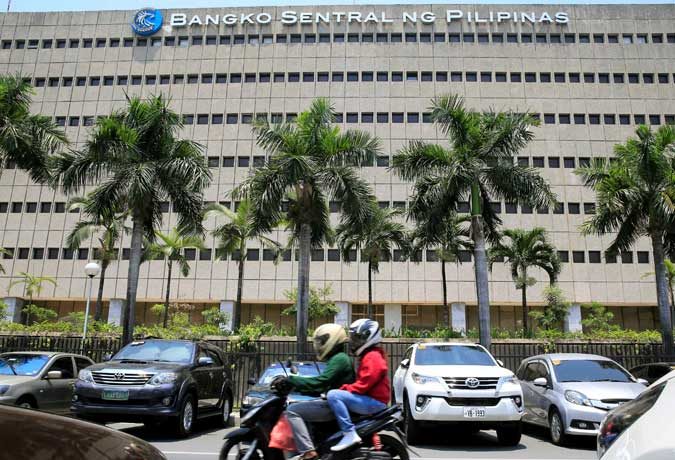Term deposit yields mixed on case tally, Fed concerns

YIELDS ON THE central bank’s term deposits were mixed on Wednesday as the market was optimistic about the decline in local coronavirus cases but concerned about the possibility of policy tightening by the US Federal Reserve.
Demand for the term deposit facility (TDF) of the Bangko Sentral ng Pilipinas (BSP) amounted to P524.301 billion on Wednesday, higher than the P510 billion on the auction block, but lower than the P575.923 billion in tenders seen last week.
Broken down, bids for the seven-day term deposits stood at P159.225 billion, surpassing the P150 billion auctioned off by the BSP, but lower than the P167.799 billion in tenders logged a week ago.
Accepted yields for the tenor ranged from 1.7% to 1.7315%, a tad narrower than the 1.7% to 1.735% band the previous Wednesday. This caused the average rate of the seven-day deposits to inch down by 0.28 basis point (bp) to 1.7202% from the 1.723% seen during last week’s auction.
Meanwhile, the two-week papers attracted bids worth P365.076 billion, going beyond the central bank’s P360-billion offer on Wednesday and the P408.124 billion in tenders logged at the May 19 auction.
Banks asked for yields ranging from 1.725% to 2.08%, a wider band compared with the 1.7% to 1.83% seen in the previous offering. With this, the average rate for the 14-day deposits climbed by 1.68 bps to 1.7714% from 1.7546% last week.
The BSP did not offer 28-day term deposits for the 31st straight auction the to give way to its weekly offerings of bills with the same tenor.
The term deposits and short-term securities are used by the central bank to gather excess liquidity in the financial system and to better guide market rates.
The mixed result of the auction came after the recent decline in new cases which “somewhat [helps] improve economic recovery prospects,”Rizal Commercial Banking Corp. Chief Economist Michael L. Ricafort said on Wednesday.
New coronavirus infections in the country have been on a downtrend in the recent weeks compared with the surge seen in April. Data from the Health department showed coronavirus disease 2019 (COVID-19) patients rose by 3,972 on Tuesday to bring the total to 1.188 million.
Amid the steady decline in the daily COVID-19 case tally, the government recently eased restrictions in Metro Manila and its surrounding provinces, allowing more businesses to reopen and expand their operating capacity.
Meanwhile, signals from the US Federal Reserve on a possible tapering of its quantitative easing program also affected sentiment, Mr. Ricafort noted.
Federal Reserve policy makers have begun to acknowledge they are closer to debating when to pull back some of their crisis support for the US economy, even as they say it is still needed to bolster the recovery and employment, Reuters reported.
“We are talking about tapering,” San Francisco Federal Reserve Bank President Mary Daly told CNBC on Tuesday, referring to the potential reduction of the Fed’s $120 billion in monthly asset purchases. Those bond buys, together with near-zero interest rates, are aimed at easing borrowing costs and encouraging hiring and investment.
Earlier on Tuesday, Vice Chair Richard Clarida also opened the door to talking about the Fed doing less — at some point.
This suggestion that talking about tapering could become appropriate is a shift from just a month ago when Chair Jerome Powell said it was “not yet” time to even contemplate having that conversation.
The Fed has promised it won’t raise rates until the economy is back to full employment and it sees inflation reach 2% and poised to rise above that level.
Most Fed policy makers have stuck to the view that the recent rise in inflation will prove transitory, given its origins in supply and labor market bottlenecks that will in time get worked out.
The Fed will get new inflation data on Friday, with forecasters expecting that prices for personal consumption goods excluding food and energy rose at a 2.9% annual rate in April. That would be the highest reading since June 1993 and beyond the Fed’s 2% inflation target.
The Fed meets next on June 15-16. — L.W.T. Noble with Reuters



